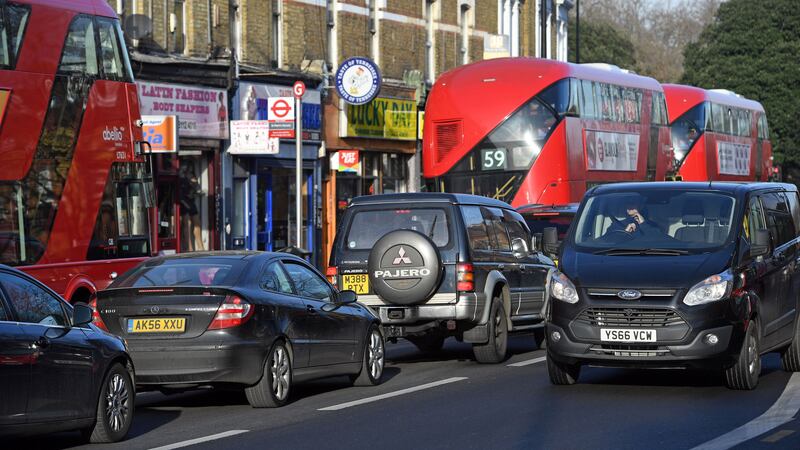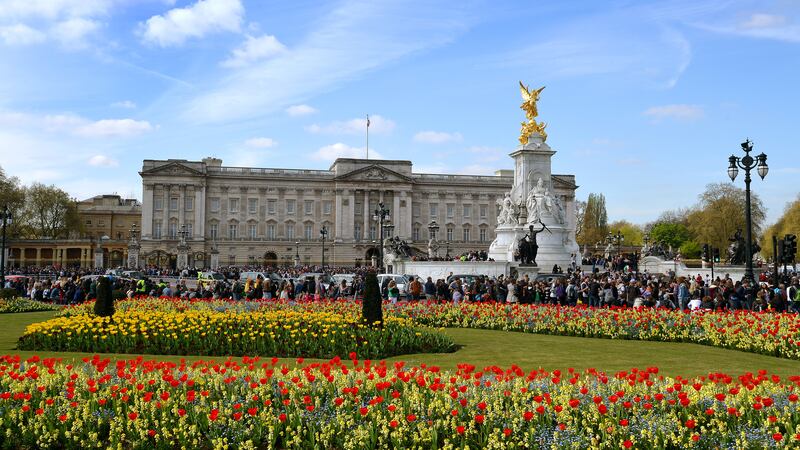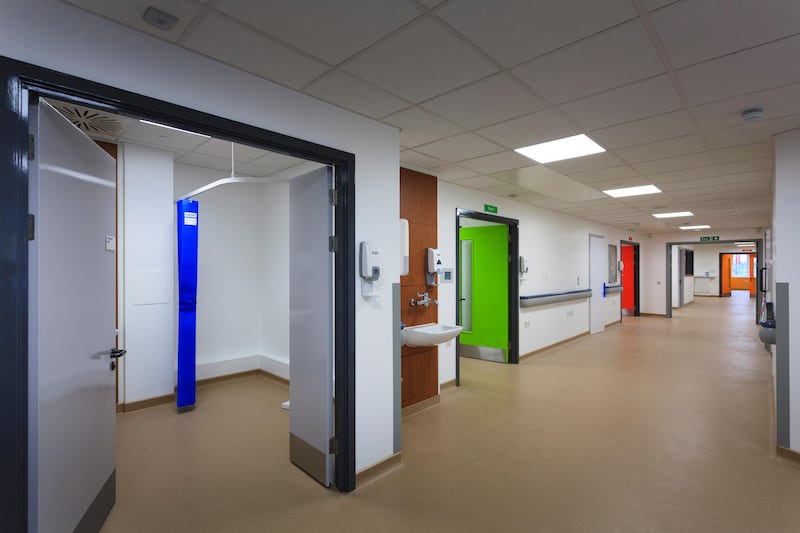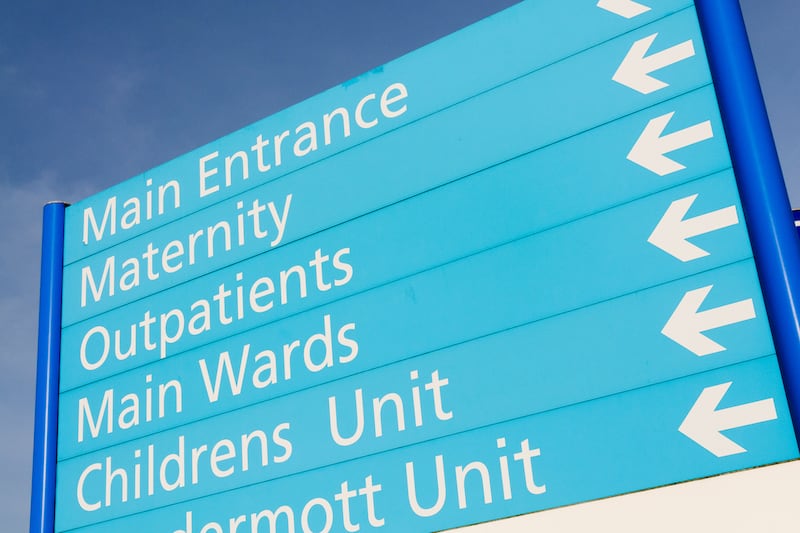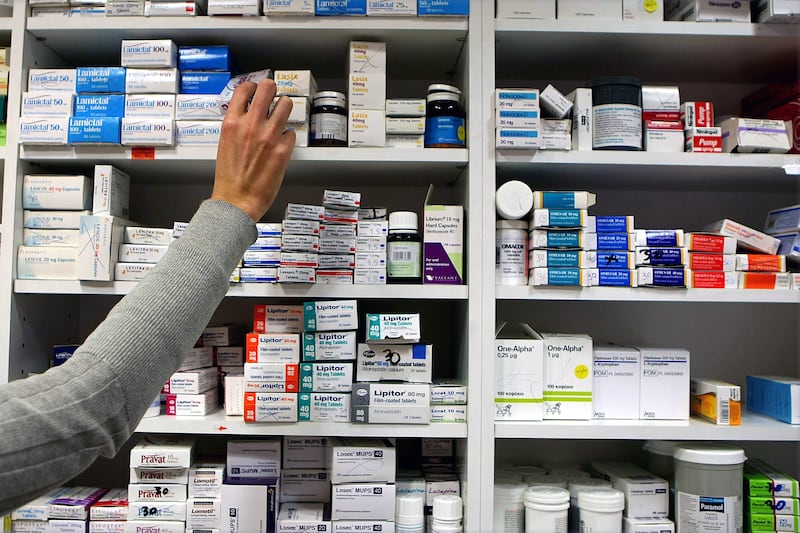One in five new childhood asthma cases in the UK could be linked to traffic pollution, new research suggests.
Exposure to nitrogen dioxide, which is mainly emitted from road transport, appears to be a “substantial” risk factor for the condition, according to a study in journal The Lancet Planetary Health.
The researchers estimate that four million new cases of childhood asthma globally – 13% of those diagnosed – could be attributable to nitrogen dioxide pollution every year.
In the UK, they suggest 19% of new childhood asthma cases every year are attributable to nitrogen dioxide pollution.
This figure rises to 23% in Manchester and 29% in London.
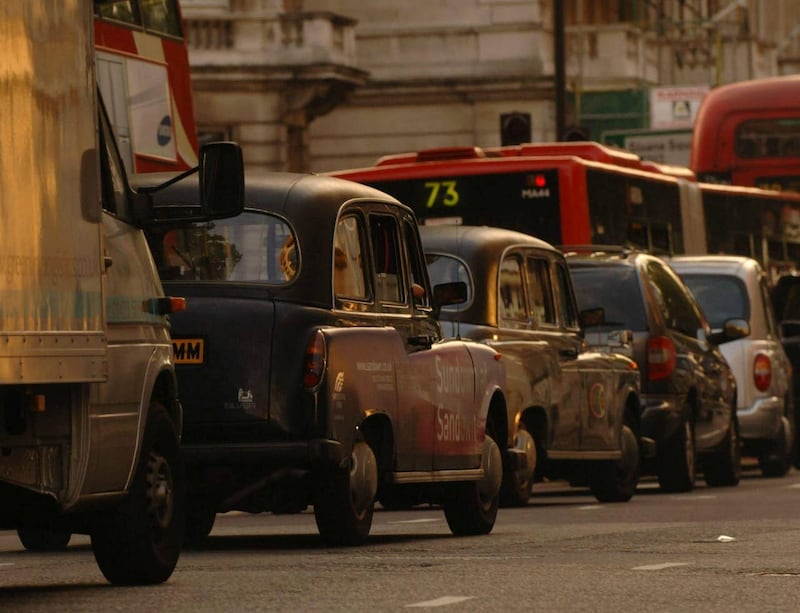
“Our study indicates that policy initiatives to alleviate traffic-related air pollution can lead to improvements in children’s health and also reduce greenhouse gas emissions,” lead author Dr Ploy Achakulwisut, from George Washington University, in the US, said.
“Recent examples include Shenzhen’s electrification of its entire bus fleet and London’s Ultra-Low Emission Zone congestion charges.”
It is thought that pollution from traffic may damage airways, leading to inflammation and the development of asthma in children who are genetically predisposed to the condition.
While it is not clear which pollutant in traffic air pollution is responsible, previous research has suggested exposure to nitrogen dioxide is key.
Traffic emissions can contribute up to 80% of ambient nitrogen dioxide in cities.
The researchers used global data on nitrogen dioxide concentration and asthma incidence to estimate the number of new cases in children aged one to 18 years old which could be related to traffic pollution.
Out of the 194 countries studied, the UK had the 24th highest proportion of new childhood asthma cases which could be attributable to traffic pollution.
South Korea topped the list, with nearly one third (31%) of new diagnoses linked to nitrogen dioxide exposure.
The researchers said that 92% of cases of childhood asthma attributable to exposure to traffic pollution occurred in areas with average nitrogen dioxide concentrations below the World Health Organisation (WHO) guideline of 21 parts per billion.
“Nitrogen dioxide pollution appears to be a substantial risk factor for childhood asthma incidence in both developed and developing countries, especially in urban areas,” senior author Dr Susan Anenberg, from George Washington University, said.
“Our findings suggest that the WHO guideline for annual average nitrogen dioxide concentrations might need to be revisited, and that traffic emissions should be a target to mitigate exposure.”
Dr Penny Woods, chief executive of the British Lung Foundation, said: “We used to think the only real danger roads posed to children was the threat of a car accident.
“However now we can see there’s an equally deadly risk; breathing in illegal levels of air pollution and getting a respiratory disease like asthma, or growing up to have smaller, weaker lungs.
“Air pollution is invisible, so it’s easy to ignore – but studies like this make it clear toxic air is a pressing threat, and we need to act.”
